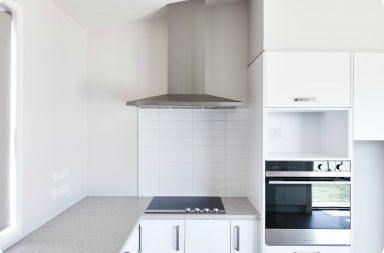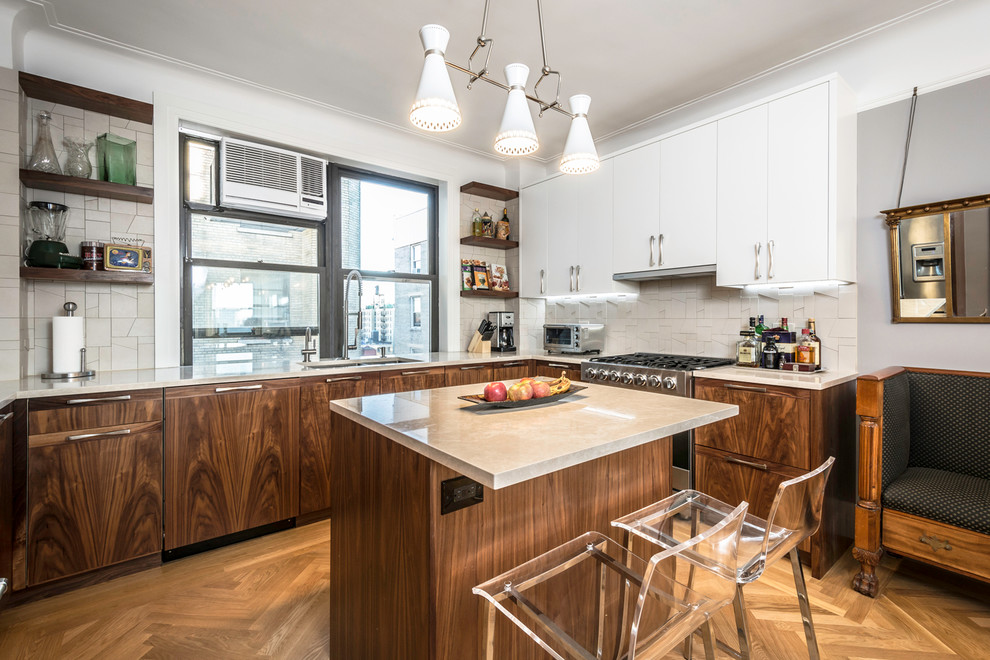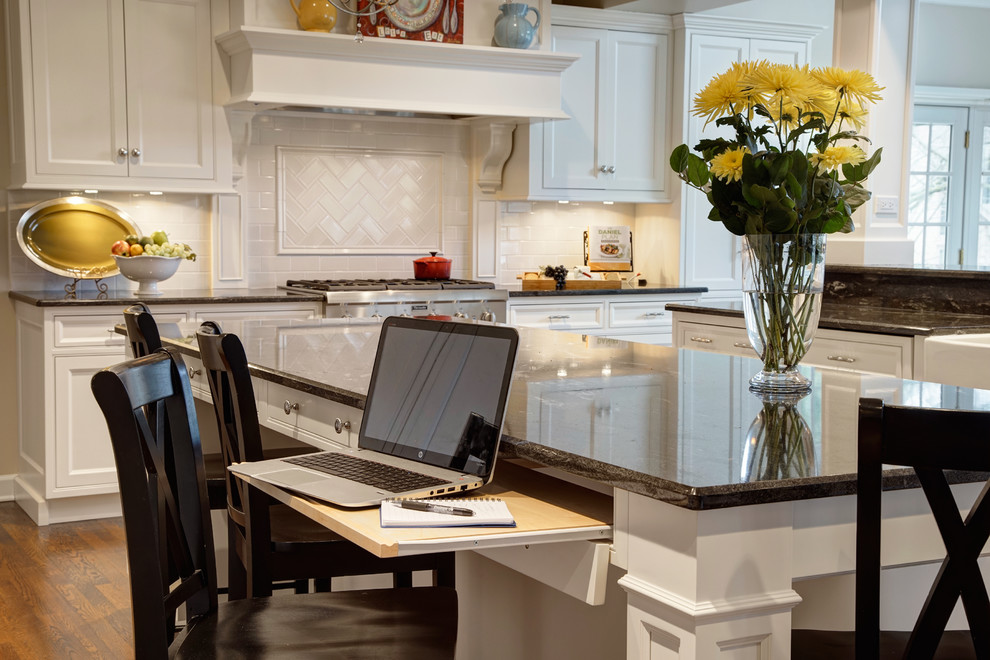The three most essential questions:
Long ago kitchens could get dangerously hot and arid. People would pass out because of hot air and fumes. Some were wealthy enough to afford a kitchen detached from their main house so that they could entertain guests without the risk of asphyxiation. Thankfully today we have range hoods to suck all the harmful air out of our kitchens. There are a number of important things to think about whether you’re installing it yourself or hiring a contractor to install it for you.
Is a range hood something that I really need?
We have all seen kitchens without hoods above the cooking area, so are they necessary? If your older kitchen was built without one it is not legally necessary and technically it is not vital to the operation of your kitchen or range, but it is usually a good thing to have. If you never cook on anything but the microwave or George Foreman grill then you might be able to get away without one. Not having the hood can help leave more space for storage but that is a pretty bad trade-off for poor ventilation. Having lived in apartments without range hoods, I heavily recommend getting one.
What kind of range hood should I get for my kitchen?
There are a number of hoods you can get.
Chimney hoods tend to be used for island cook tops. Most hoods are attached to the wall above the range or just under the cabinets that are above the range.
Many under cabinet hoods vent the air up through the roof so the hood can compromise the storage space in the cabinets positioned above them or, in some cases, it can necessitate a set of doors on a totally fake cabinet. Another option that could save space and cabinets would be to go with a micro-hood. This is when the hood is built into the bottom of a large microwave that you install above the range itself. This space saving option can often be found in smaller kitchens and apartments. Another option is a downdraft vent. Growing up my mother had a nice Jenn Air cook top that had a built in downdraft vent. It worked well and it saved space, but I remember it being loud. If you have an island cook top the downdraft vent can be a good option.
There are some very fancy retractable or “pop up” vents that you can position just behind your cooktop, this option can be a great idea if you have an island cook top with vaulted ceilings that make chimney hoods difficult. While these pop up vents are by far the coolest looking options, they are not nearly as strong as a traditional hood. If you are pulling out the wok for some stir-fry every week you might want a traditional hood.
Will the hood clash with the rest of my kitchen?
There are a number of ways to integrate the hood into your kitchen. You can try to minimize the appearance of the hood itself. Some under cabinet hoods fit mostly or entirely into the bottom of the cabinet. Naturally the pop up vents disappear entirely when not in use so that could work. Another way to go would be to choose a proud hood that will become a visual focal point in your kitchen. Given the colors of your kitchen and your cabinets, you can get a stainless steel hood that will stand out in the best of ways. To maximize the hoods effect further you can complement it with a matching stainless steel backsplash.
This option is particularly effective if you can finish it all off with a stainless steel range. Talk about impact!
The range hood has clearly changed kitchens for the better. With all the options out there you should be able to make a hood work in your kitchen. If you don’t have one now, find out what will work best for your kitchen needs.






